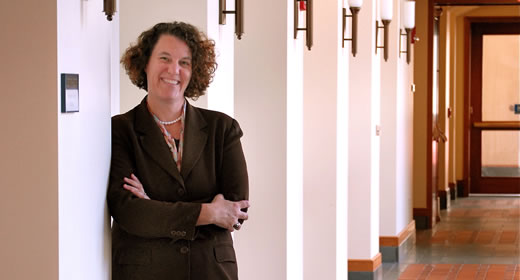
In this Sunday’s New York Times “Economic View,” Susan Dynarski explains why recent efforts to simplify the Fafsa, the financial aid application for aspiring college students, don’t go far enough. Dynarski’s prescription? Eliminate the form entirely. While it might sound like an extreme alternative, in “Fafsa follies: to gain a student, eliminate a form,” Dynarski cites recent studies that show the potential impact.
One influential study found that requiring employees to opt out of a retirement savings program with a short form, rather than opting in, increased the number of employees participating in the program by 50 percent. Another study found that applying for aid with a streamlined application “increased the share of low-income young people who attended college for two years by eight percentage points,” writes Dynarski. And since most of the data required for financial aid calculations is already collected in a standard 1040 form that families complete annually for tax purposes, she explains, a check-box to learn about eligibility for college grants, loans, and tax credits would be a simple alternative.
Interestingly, Dynarski’s own research has driven one of the most ambitious and influential efforts to simplify the Fafsa, the bipartisan Fast Act introduced by Senators Lamar Alexander (R-Tenn) and Michael Bennet (D-Colo), which seeks to replace the more than 100-question Fafsa with a two-question alternative. While Dynarski no doubt supports these efforts—in 2007, she and Judith Scott-Clayton proposed the idea in their paper, “College grants on a postcard,”—she worries that shortening the Fafsa, rather than eliminating it, will make it easy for complexity to creep back in.
Susan Dynarski is a professor of public policy at the Gerald R. Ford School of Public Policy, and a professor of education at the University of Michigan's School of Education. She is co-founder and co-director of the Ford School’s Education Policy Initiative, which engages in applied, policy-relevant research designed to improve educational achievement and outcomes.
More news from the Ford School